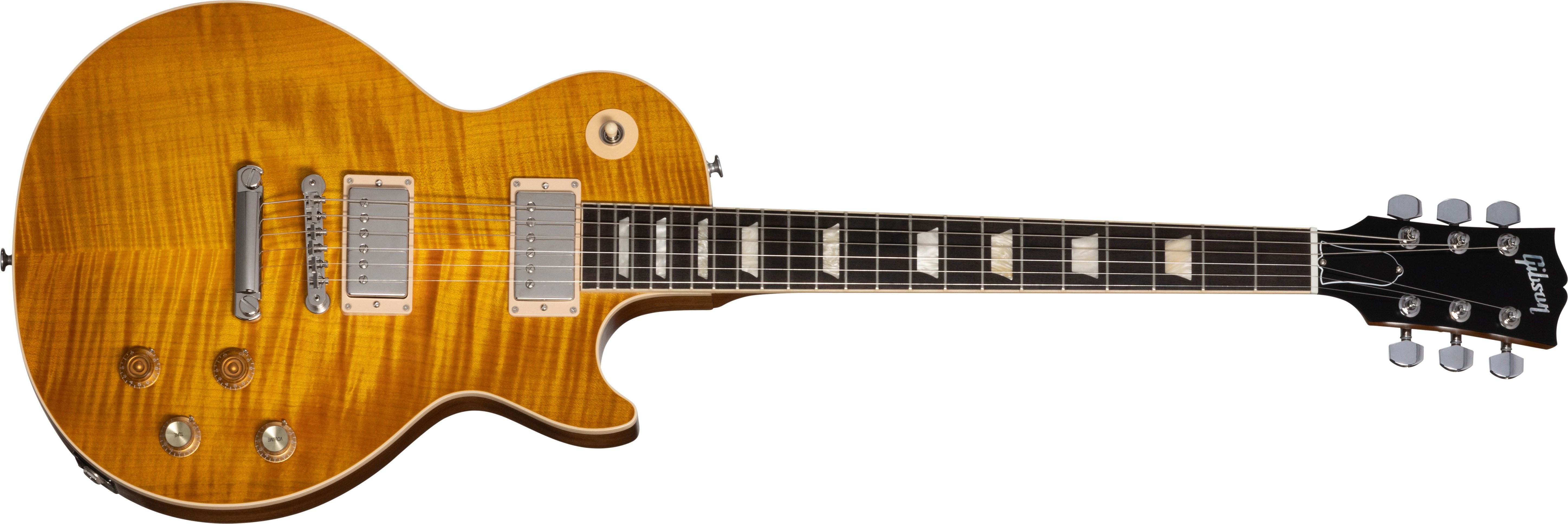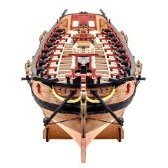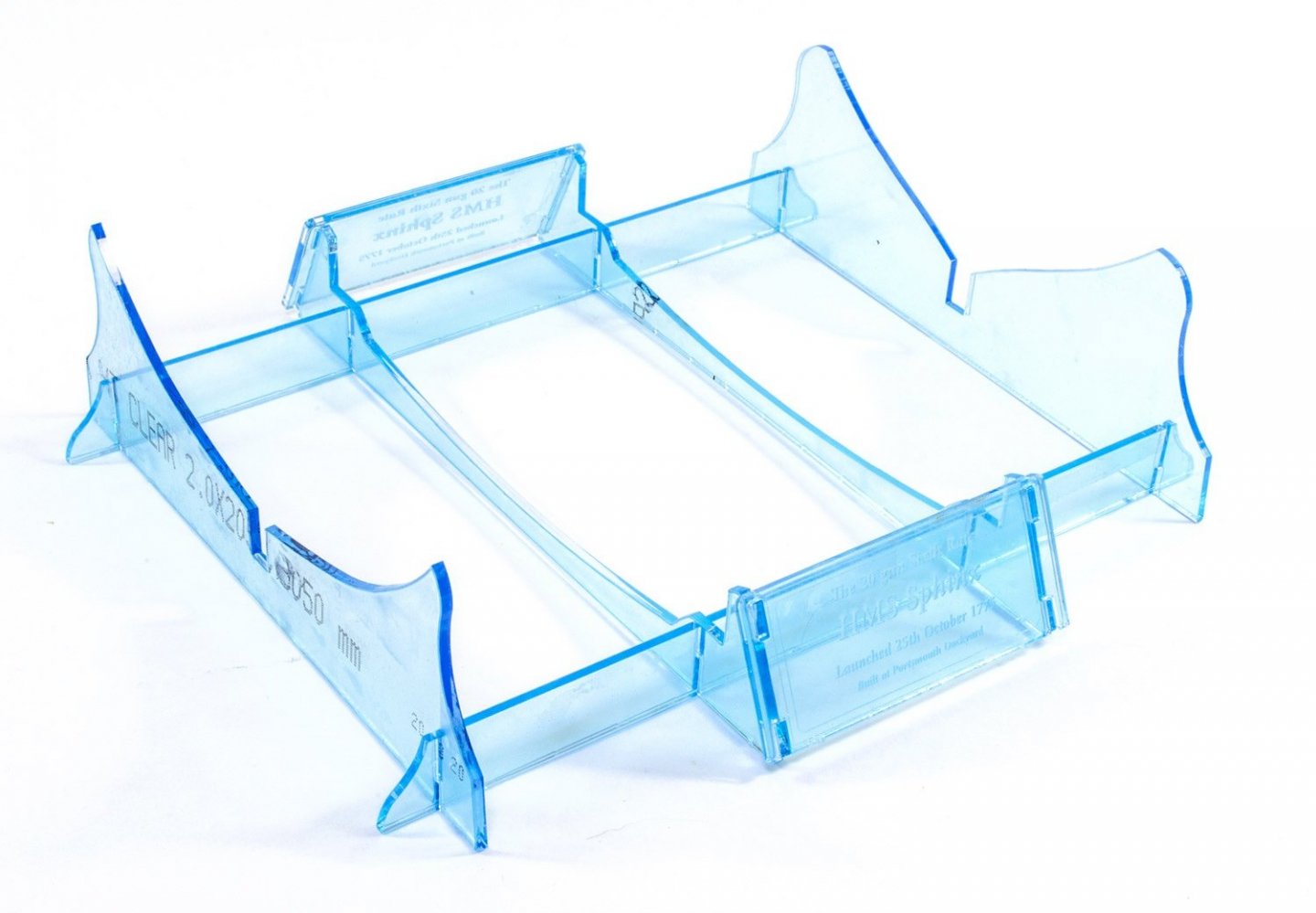-
Posts
6,064 -
Joined
-
Last visited
Content Type
Profiles
Forums
Gallery
Events
Everything posted by James H
-
Whether I'm sanding wood or MDF, I wear a mask. Both aren't good for you in the slightest. I've never experienced any problems in strength when it comes to sanding. Of course, if a piece looks more fragile, then just be cautious. The stuff used is high grade as I'm sure @chris watton will attest to. You certainly don't need to coat it in anything to strengthen it, hence no reason to mention it. Paranoid? 😆 Possibly!
- 355 replies
-
- vanguard models
- Sphinx
-
(and 1 more)
Tagged with:
-
Always happy to help! Looking forward to your work.
- 109 replies
-
- Vanguard Models
- Flirt
-
(and 1 more)
Tagged with:
-
Sorry about that. I am a plonker. It's been changed for the next print run. I was building so intensively over that period that my recollections were clouded with some of the fisher stuff I'd just finished. You can use my photos as a guide though as you're always best taking off too little than too much. It's only a rough bevel.
- 109 replies
-
- Vanguard Models
- Flirt
-
(and 1 more)
Tagged with:
-
Welcome back to the hobby, and of course to MSW 😁
-
Not at all. It's aimed at a total beginner, as is the Fifie Welcome to MSW!
About us
Modelshipworld - Advancing Ship Modeling through Research
SSL Secured
Your security is important for us so this Website is SSL-Secured
NRG Mailing Address
Nautical Research Guild
237 South Lincoln Street
Westmont IL, 60559-1917
Model Ship World ® and the MSW logo are Registered Trademarks, and belong to the Nautical Research Guild (United States Patent and Trademark Office: No. 6,929,264 & No. 6,929,274, registered Dec. 20, 2022)
Helpful Links
About the NRG
If you enjoy building ship models that are historically accurate as well as beautiful, then The Nautical Research Guild (NRG) is just right for you.
The Guild is a non-profit educational organization whose mission is to “Advance Ship Modeling Through Research”. We provide support to our members in their efforts to raise the quality of their model ships.
The Nautical Research Guild has published our world-renowned quarterly magazine, The Nautical Research Journal, since 1955. The pages of the Journal are full of articles by accomplished ship modelers who show you how they create those exquisite details on their models, and by maritime historians who show you the correct details to build. The Journal is available in both print and digital editions. Go to the NRG web site (www.thenrg.org) to download a complimentary digital copy of the Journal. The NRG also publishes plan sets, books and compilations of back issues of the Journal and the former Ships in Scale and Model Ship Builder magazines.








